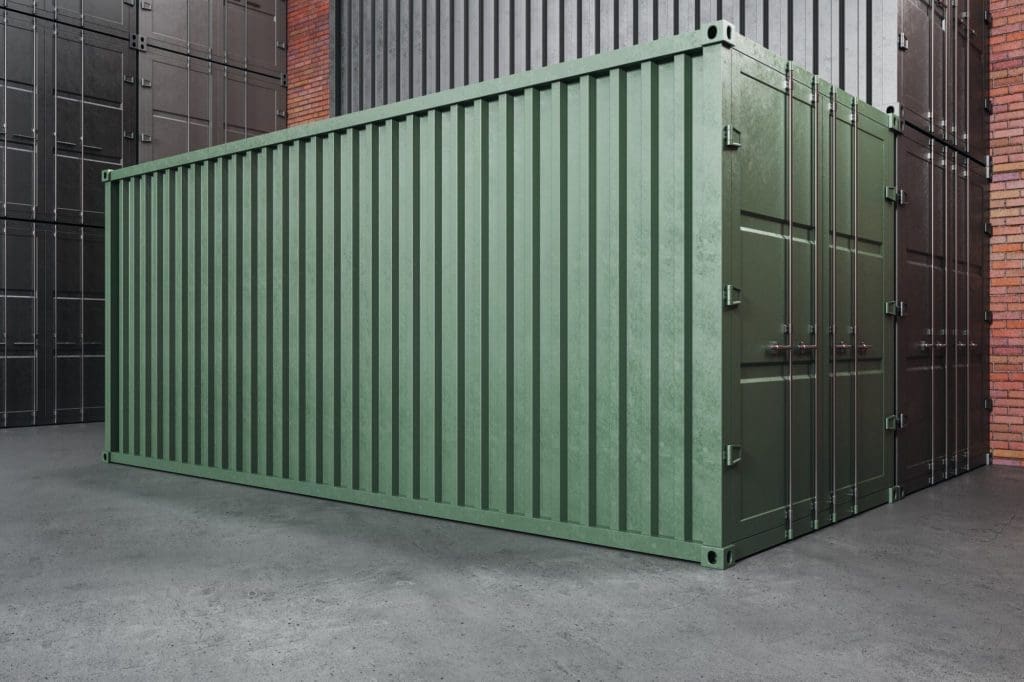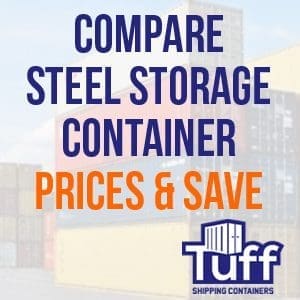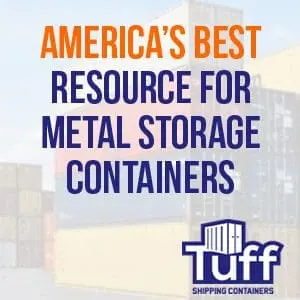
The Pros and Cons of Different Shipping Container Sizes for Your Project
Shipping containers have become a popular and versatile option for a variety of purposes, from storage units to homes and even mobile offices. When choosing a shipping container, one of the most important factors to consider is size. In this blog post, we will discuss the pros and cons of different shipping container sizes to help you make an informed decision.
20-Foot Shipping Container
The 20-foot shipping container is one of the most popular sizes and is commonly used for storage units, as well as mobile offices and pop-up shops. Here are some pros and cons to consider:
Pros:
- More affordable than larger containers
- Easier to transport and maneuver
- Suitable for smaller storage needs
Cons:
- Limited interior space
- May not be suitable for larger projects
40-Foot Shipping Container
The 40-foot shipping container is the standard size used in international shipping and is commonly used for storage units and homes. Here are some pros and cons to consider:
Pros:
- Larger interior space for storage or living
- More versatile for modifications and conversions
- Can be stacked to create multi-level structures
Cons:
- More expensive than smaller containers
- May require more permits and regulations for conversion projects
- More difficult to transport and maneuver
There are other sizes available for shipping containers, including 10-foot and 45-foot containers. Here are some pros and cons to consider:


10-Foot Shipping Container:
10-foot shipping containers are the smallest size available and are great for smaller storage solutions.
Pros:
- More affordable than larger containers
- Suitable for smaller storage needs
Cons:
- Limited interior space
- May not be as versatile for modifications
Choosing the right size shipping container for your project requires careful consideration of factors such as cost, interior space, and versatility. Whether you are looking for a storage unit or a building material for a home or office, understanding the pros and cons of different shipping container sizes can help you make an informed decision. Remember to consider the long-term benefits and costs of each option to ensure a successful outcome.
The Cost of Different Size Shipping Containers
The cost of a shipping container will depend on several factors, including size, condition, and location. Here is a breakdown of the average cost for different size shipping containers:
20-Foot Shipping Container
- New: $3,000 to $6,000
- Used: $1,500 to $3,000
40-Foot Shipping Container
- New: $5,000 to $10,000
- Used: $3,000 to $6,000
10-Foot Shipping Container
- New: $2,000 to $4,000
- Used: $1,000 to $2,500
45-Foot Shipping Container
- New: $8,000 to $12,000
- Used: $5,000 to $8,000
It is important to note that these prices are for the containers themselves and do not include any modifications or delivery fees. The cost of modifications can vary widely depending on the type and complexity of the modifications, as well as the contractor you choose to work with.


When budgeting for a shipping container project, consider not only the cost of the container itself but also any additional costs associated with modifications, transportation, and permits.
The cost of a shipping container will depend on several factors, including size, condition, and location. While larger containers tend to be more expensive, they also offer more interior space for storage or living. When budgeting for a shipping container project, it is important to consider not only the cost of the container itself but also any additional costs associated with modifications, transportation, and permits. Working with a professional contractor can help you budget for these costs and ensure that your project is successful.
The Benefits of Shipping Containers
Shipping containers have become a popular and versatile option for a variety of purposes, from storage units to homes and even mobile offices. Here are some of the key benefits of using shipping containers for your project:
Cost-Effective:
Shipping containers are an affordable option compared to traditional building materials. This makes them a popular choice for those on a budget or looking for cost-effective solutions.
Durable and Weather-Resistant:
Because shipping containers are made from high-grade steel, they are highly durable. Shipping containers are built to withstand extreme weather conditions and can provide a secure and weather-resistant space for your project.
Portable:
Shipping containers can be easily transported and relocated, making them a flexible option for a variety of needs. They can be transported by truck, train, or even ship, depending on your location and needs.
Sustainable:
Shipping containers are sustainable building materials, as they can be repurposed and recycled. This makes them an eco-friendly option for those looking to reduce their carbon footprint.
Versatile:
Shipping containers can be modified and customized to fit a variety of needs, from storage units to homes and even mobile offices. This versatility makes them a popular option for a wide range of projects.
Shipping containers offer a variety of benefits, including affordability, durability, portability, sustainability, and versatility. Whether you are looking for a storage unit or a building material for a home or office, shipping containers can provide a cost-effective and flexible solution for your needs. Remember to consider the size, condition, and location of the container, as well as any additional costs associated with modifications and transportation, when planning your project.


Common Shipping Container Modifications
Shipping containers offer a versatile and cost-effective building material for a variety of projects. They can be modified and customized to fit a wide range of needs, from storage units to homes and even mobile offices. Here are some common modifications made to shipping containers:
Doors and Windows
Shipping containers can be modified to include doors and windows, providing natural light and ventilation for your project. These modifications can be customized to fit your specific design needs and can be placed in any location on the container.
Insulation
Insulation can be added to shipping containers to make them more energy-efficient and comfortable for living or working spaces. This is especially important for projects in areas with extreme temperatures.
Electrical and Plumbing
Shipping containers can be modified to include electrical and plumbing systems, making them suitable for a variety of uses such as mobile offices, homes, and even restaurants. These modifications can be customized to fit your specific needs and can include lighting, heating, and cooling systems.
Flooring
Shipping container flooring can be modified to include different materials such as hardwood, tile, or carpet, depending on your needs and design preferences.
Exterior Cladding
Exterior cladding can be added to shipping containers to improve their appearance and protect them from weather and wear. Options for exterior cladding include wood, metal, and stucco.
Shipping containers can be modified and customized to fit a wide range of needs, from storage units to homes and even mobile offices. Common modifications include doors and windows, insulation, electrical and plumbing systems, flooring, and exterior cladding. These modifications can be customized to fit your specific design needs and can make shipping containers a versatile and cost-effective building material for your project. Remember to work with a professional contractor who has experience with shipping container modifications to ensure a successful outcome.

Leave a Reply